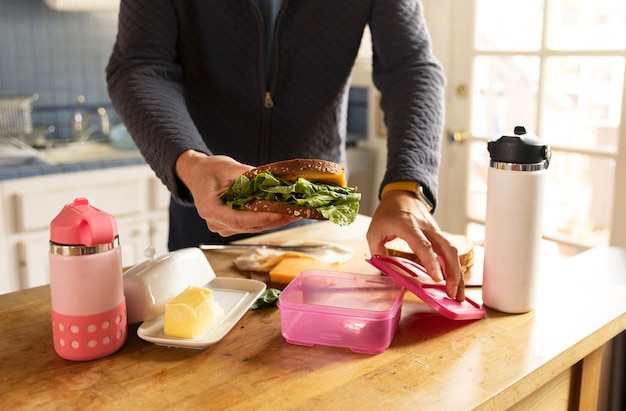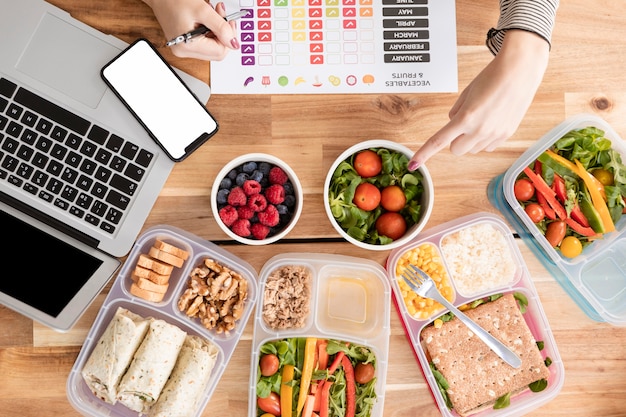Sitting for long hours is a reality for most desk workers. Between back-to-back meetings, tight deadlines, and endless emails, physical activity often takes a backseat. But what if the key to moving more isn’t just about willpower or gym time? What if it starts in your kitchen?
This article introduces a simple yet powerful strategy: weekly meal prep designed to increase your daily step count. By aligning your food routine with movement habits, you can break the sedentary cycle—one meal at a time.
At first glance, meal prep and step count may seem unrelated. But consider this: when your meals are planned and ready, you eliminate decision fatigue and reduce the urge to stay seated during lunch. Instead of ordering takeout or eating at your desk, you’re more likely to walk to a park, step outside, or even just move to a break room.
Prepared meals also reduce midday snacking and energy crashes—common triggers for inactivity. With stable energy from balanced nutrition, you’re more likely to take walking meetings, use the stairs, or stretch between tasks.

This approach isn’t about perfection—it’s about building sustainable habits. The Habit-First Blueprint focuses on three pillars:
For desk workers, this means dedicating 1–2 hours each week to prepare meals that are portable, nutritious, and easy to access. The goal isn’t gourmet cooking—it’s creating frictionless choices that support movement.
Follow this simple weekly structure to align meal prep with increased movement:
Pick one consistent day to plan, shop, and cook. This reduces mental load during the workweek. Focus on meals with lean protein, complex carbs, and healthy fats—ingredients that sustain energy and reduce cravings.
Use containers that are easy to carry. Think grilled chicken bowls, quinoa salads, or veggie-packed wraps. The easier it is to take your meal away from your desk, the more likely you are to walk while eating or choose a distant lunch spot.

Pair each meal with a movement goal. For example:
Use a fitness tracker or smartphone to monitor daily steps. Aim to increase your average by 500–1,000 steps per week. If you hit a plateau, tweak your meal timing or add a 10-minute post-meal walk.
Behavioral science shows that habit stacking—linking a new behavior to an existing one—increases success rates. By attaching walking to meal times, you leverage an already established routine (eating) to build a new one (moving).
Additionally, meal prep reduces reliance on processed foods, which are linked to energy dips and low motivation. Whole, balanced meals keep blood sugar stable, supporting both mental focus and physical energy—critical for desk workers aiming to move more.
No two schedules are the same. Here’s how to customize the plan:
The goal is progress, not perfection. Even small increases in daily steps—like walking to a different floor for lunch—add up over time.

You don’t need a gym membership or a complete lifestyle overhaul to become more active. By using weekly meal prep as a tool to support movement, desk workers can create a ripple effect of healthy habits.
Start this week: spend one hour prepping meals, pack them with intention, and commit to walking just 10 minutes more each day. Over time, those steps—and the energy they bring—will transform your workday.

Wellness

Wellness

Wellness

Wellness

Health

Health

Health

Health

Wellness

Wellness

Wellness

Wellness

Health

Fitness

Health

Health